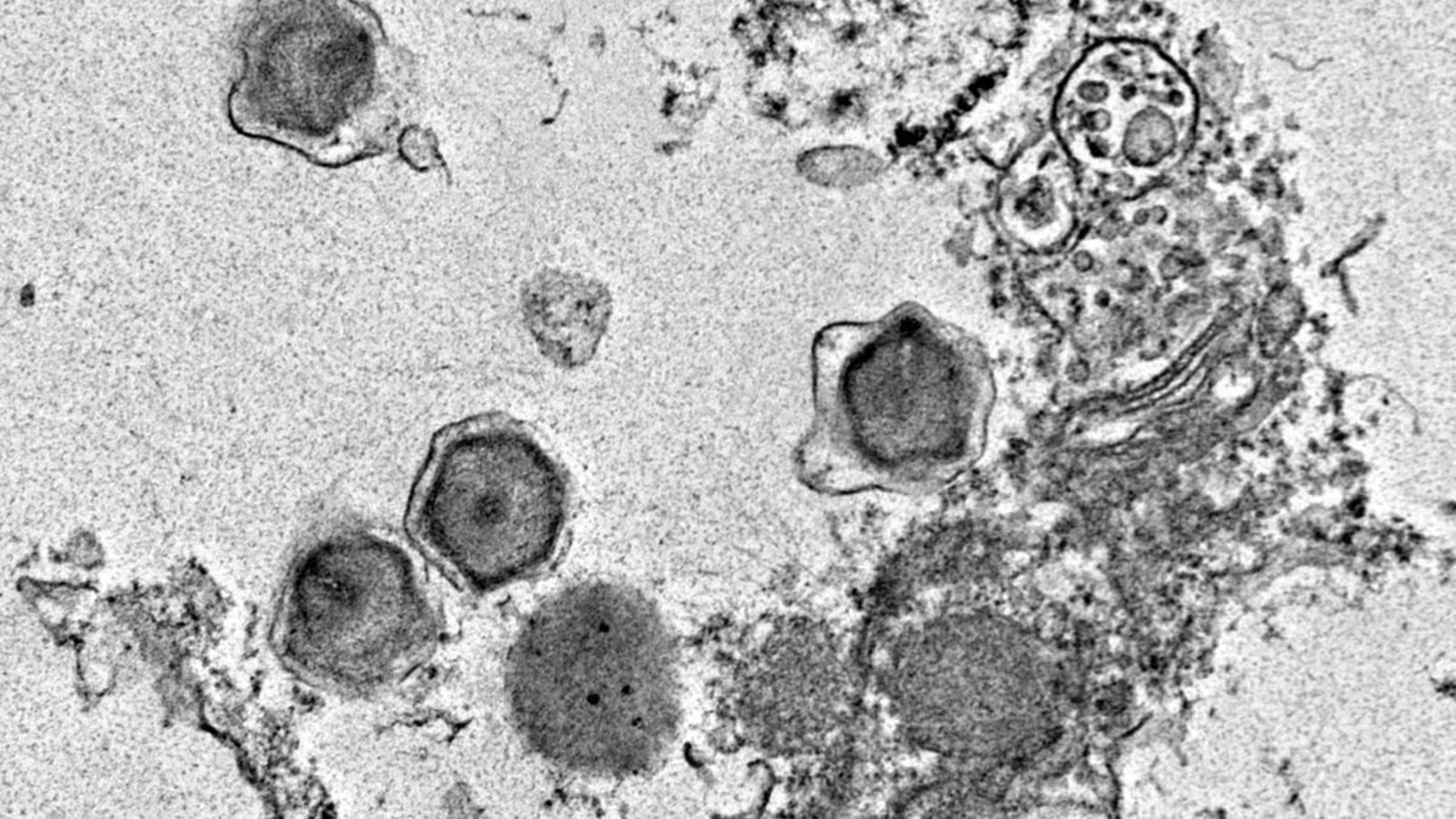4 Minutes
Unveiling Hidden Giants: A Breakthrough in Marine Virology
A landmark study has identified more than 230 previously unknown giant viruses lurking within the ocean’s depths, fundamentally reshaping our understanding of marine ecosystems. These oversized viruses, recently spotlighted in the journal Nature npj Viruses, do not merely influence the microbial life of our oceans. They possess the remarkable ability to interfere with and modify the process of photosynthesis in marine algae—a critical function underpinning the health of aquatic food chains and the global carbon cycle.
Scientific Context: What Are Giant Viruses and Why Do They Matter?
Giant viruses (also known as nucleocytoplasmic large DNA viruses or NCLDVs) differ dramatically from typical viruses, boasting genome sizes comparable to some bacteria and encoding hundreds of genes. Traditionally overlooked due to technological limitations, these viral entities emerged as key players in the survival and evolution of marine protists, the single-celled organisms at the very base of ocean food webs. This group—which includes algae, amoebas, and flagellates—not only supports marine ecosystems but also drives global carbon sequestration through photosynthesis.
When giant DNA viruses infect these protists, they can disrupt normal cellular activities. Consequences range from population crashes, like harmful algal blooms (explosive increases in algae that can have toxic ecological effects), to broader impacts on ocean chemistry and human health. Researchers have long suspected that such viral phenomena play a much larger role than previously appreciated in modulating ocean dynamics, particularly concerning cycles of nutrient flow and the occurrence of algal blooms threatening wildlife and coastal economies.
The Search for Hidden Viruses: Harnessing Supercomputers and New-Tech Tools
Detecting giant viruses in complex marine environments required high-powered computational methods. The research team, led by Rosenstiel School of Marine, Atmospheric, and Earth Science, developed and deployed an advanced bioinformatics pipeline called BEREN (Bioinformatic Eukaryotic Viruses Retrieval from Environmental metageNomics). By leveraging supercomputers, notably the Pegasus system at the University of Miami, scientists analyzed massive public marine metagenomic datasets—genetic information sampled from waters across the globe, from Arctic to Antarctic.

With BEREN, researchers not only detected the genomes of 230 novel giant viruses but also assessed their genetic diversity and potential functional roles. Through comparison against existing databases, they annotated the newly recovered genomes, unraveling their unique adaptations and mechanisms.
Key Findings: Viral Manipulation of Photosynthesis and Potential Biotechnological Innovations
Among the most striking discoveries, researchers identified 530 previously unknown functional proteins within these viral genomes—nine of which are directly related to the photosynthetic process. This suggests that, beyond infecting marine protists, giant viruses are equipped to hijack and modify their hosts’ photosynthesis, potentially reprogramming the flow of energy at the foundation of the food web.
Dr. Mohammad Moniruzzaman, co-author and assistant professor of marine biology and ecology, remarked, “By deepening our understanding of the diversity and ecological role of giant viruses, and their interactions with algae and other marine microbes, we move closer to forecasting and even managing harmful algal blooms that pose health risks in Florida and worldwide.”
These blooms, driven by runaway growth of phytoplankton, can devastate fisheries and recreational waters. The insights gained might improve regional preparation and response to these events, as well as to emerging viral threats in bays, rivers, and lakes globally.
Benjamin Minich, lead author and PhD candidate, commented on the broader metabolic implications: “We discovered that giant viruses harbor genes typically reserved for cellular life, including those for carbon metabolism and photosynthesis. This underlines their critical role in reprogramming host cell metabolism during infection, with measurable impacts on marine biogeochemistry.”
Broader Implications and Future Directions
The newly identified viral functions present promising opportunities for biotechnology, including potential for novel enzyme discovery. As the research team assembled and analyzed hundreds of microbial community genomes with unprecedented resolution, they laid the groundwork for new frameworks to detect, monitor, and classify emerging marine viruses.
Such advances could empower environmental agencies to monitor pathogens and pollution more effectively in aquatic environments, fostering more resilient responses to ecological threats. Regular integration of improved bioinformatic tools like BEREN marks a transformative step for the field of marine virology.
Conclusion
The discovery of 230 new giant viruses in the world’s oceans signals a profound leap forward in oceanic and microbial research. These viruses, by manipulating marine photosynthesis and hosting unique genetic functions, are shown to be pivotal to ecosystem health, biogeochemical cycles, and potentially human wellbeing. As new layers of the ocean’s invisible world are revealed, future efforts may focus on harnessing the biotechnological possibilities these viruses offer and guiding global strategies to mitigate the risks of algal blooms and other marine threats.
Source: sciencedaily



Comments